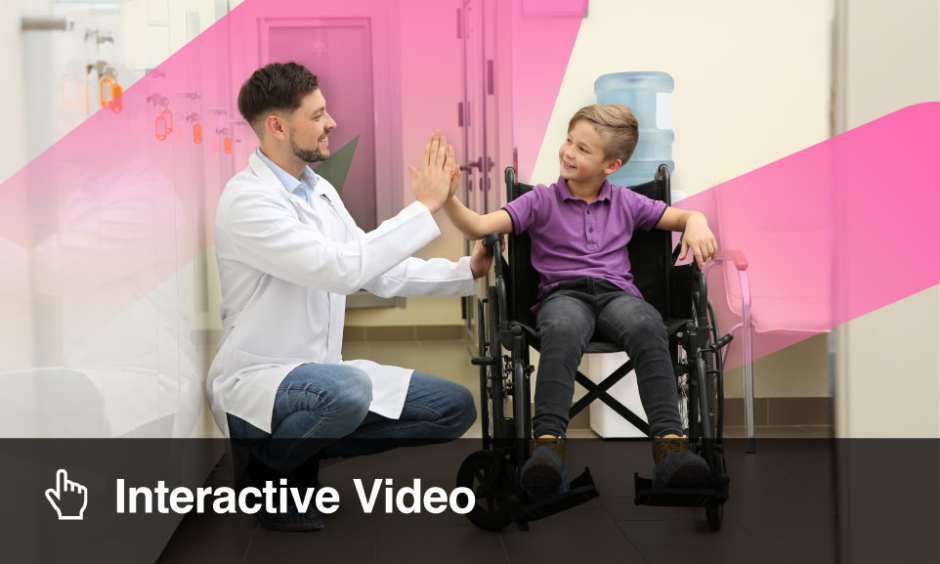OUTCOMES can be dramatically improved through the use of thrombectomy in a far greater number of stroke patients than previously thought. This was achieved using brain-imaging software, developed by researchers at Stanford University, California, USA, which identifies patients who could benefit from the procedure more than 6 hours following the onset of a stroke.
Brain-Imaging Software
In a trial, the team used the brain imaging software, which rapidly evaluates blood-flow data, to establish the amount of salvageable brain tissue in patients who presented at a treatment centre between 6 and 16 hours following onset of a stroke that originated either in the middle cerebral artery or the internal carotid artery. The patients in whom there were substantial amounts of salvageable, but at-risk, brain tissue were randomised into either an intervention group, which received thrombectomies, or a control group, which received standard medical therapy.
Better Outcomes
Patients receiving thrombectomy had far better outcomes than those who did not over a 90-day period. In the thrombectomised group, 14% had died and 8% had severe disability in comparison to 26% and 16%, respectively, in the control group. The team believe this provides evidence that strokes spread through brains at different rates in different people.
The trial’s principal investigator, Dr Gregory Albers, Stanford University, commented: “Nearly half of all patients treated between 6 and 16 hours after the onset of their symptoms were largely spared the consequences of their stroke.”
Guideline Change
Currently, thrombectomy is only recommended for patients in the first 6 hours following their stroke. However, it is often difficult to reach a treatment centre within this timeframe, especially as 35–40% of strokes occur during sleep. The findings could therefore enable a far greater number of patients to be given this treatment; indeed, it is expected that the American Heart Association (AHA) will issue new acute-stroke treatment guidelines to take this study into account.
Dr Albers added: “It used to be that by 5 or 6 hours after a stroke, we had to say ‘I’m so sorry, you arrived too late to be treated’. But this is a new world.”
James Coker, Reporter
For the source and further information about the study, click here.








